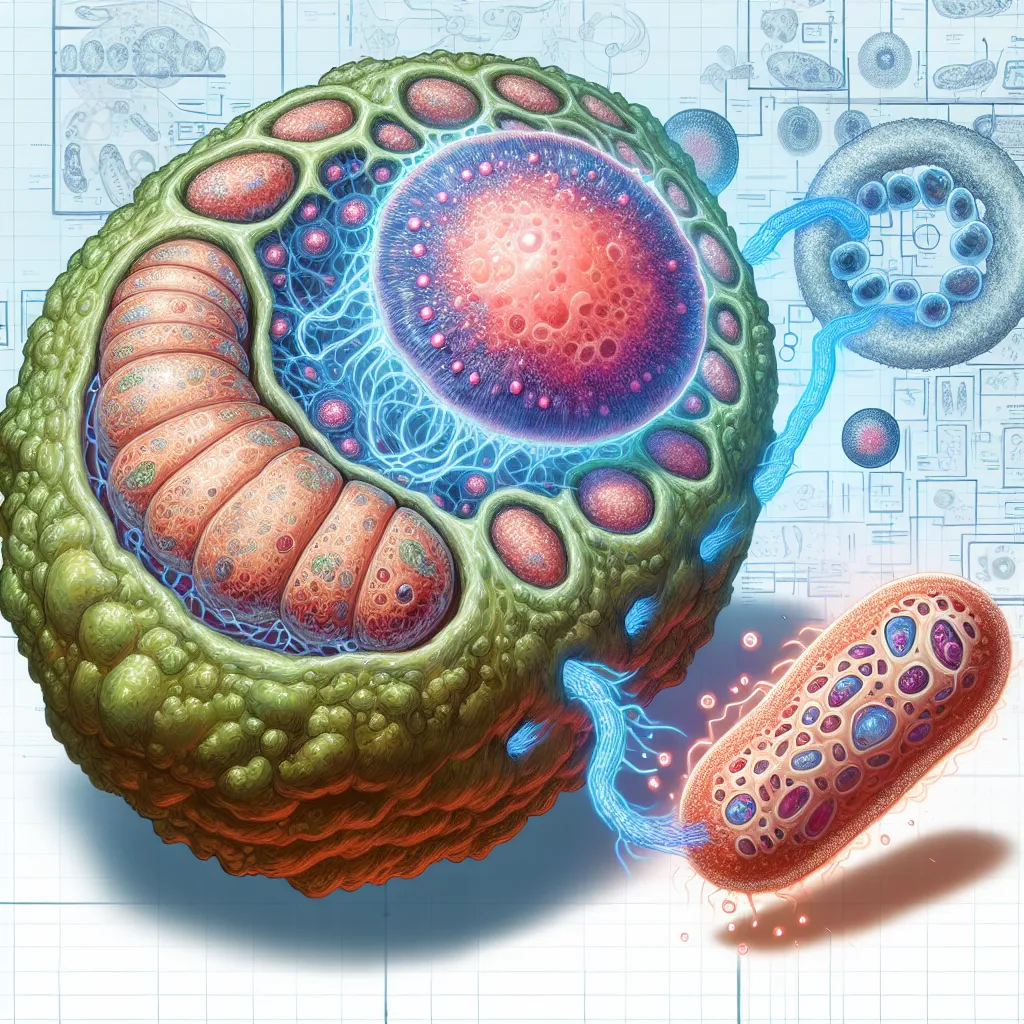Here’s a surprising fact: the Sun does not emit yellow light. Yep, you read that right. Despite everything you’ve been told, the Sun’s light is actually white and encompasses all the colors of the rainbow. Need proof? Grab a glass of water and watch how the sunlight diffracts into a spectrum of colors. This happens because the light interacts with water molecules, scattering into its component colors.
Similarly, when the Sun’s light passes through Earth’s atmosphere, it behaves as though it’s moving through water. This white sunlight gets scattered by air molecules, which are primarily nitrogen, oxygen, and a bit of carbon dioxide, among other gases. Shorter wavelengths like violet and blue scatter more than longer wavelengths such as green and yellow. And that’s why the sky appears blue.
But wait, why don’t we see violet in the sky? It comes down to how our eyes work. The receptors in our eyes are most sensitive to red, green, and blue. We perceive violet as a mix of red and blue. As a result, our eyes interpret the sky’s color as mostly blue with a touch of red. If we had special receptors just for violet, our sky would look mostly violet with hints of blue.
So next time you look up, remember, your eyes and the laws of physics make the sky the beautiful blue canvas it is.






